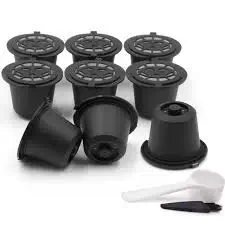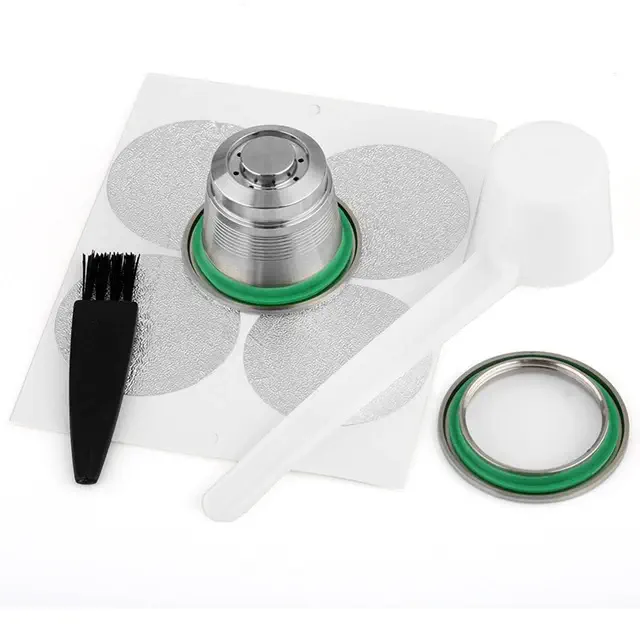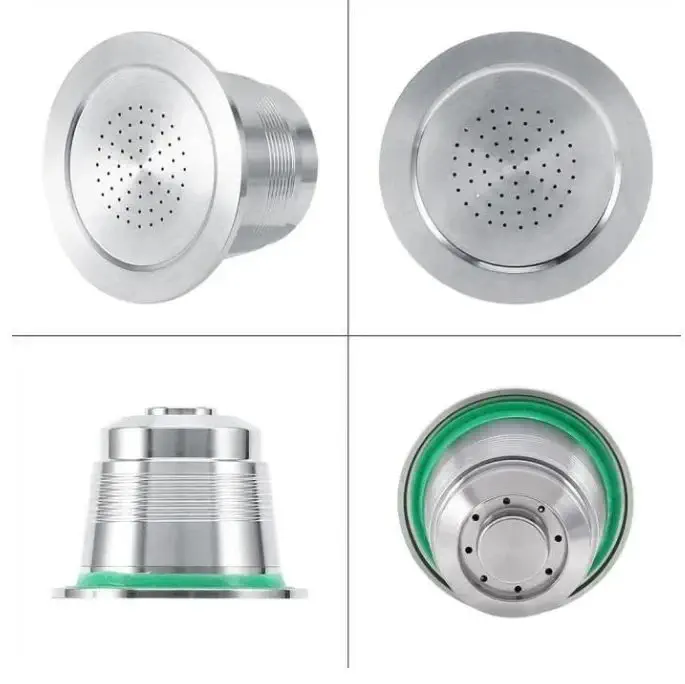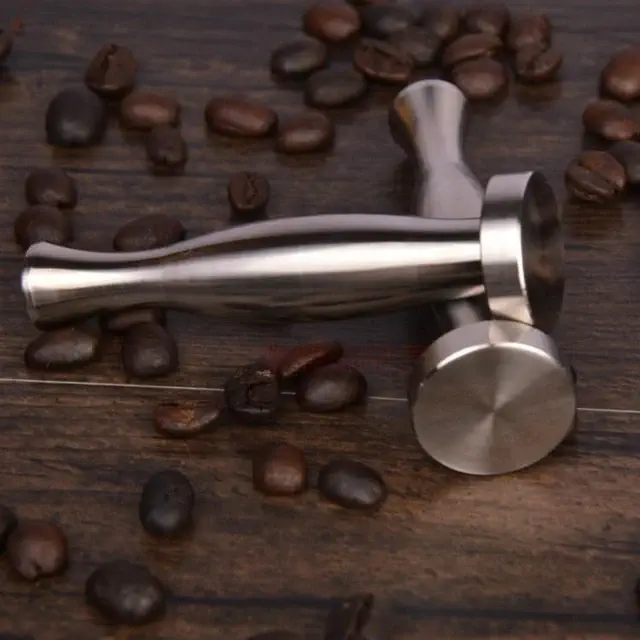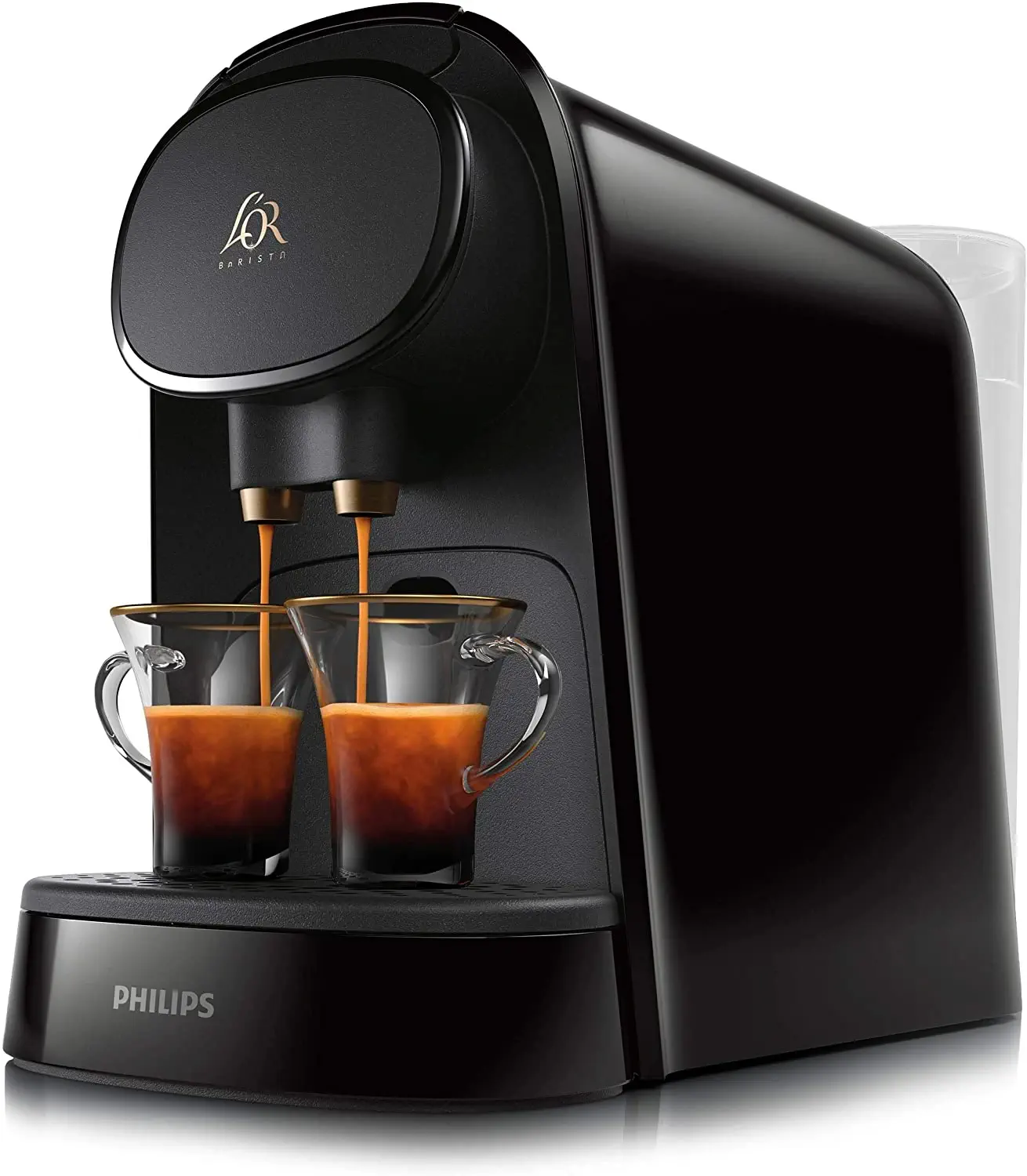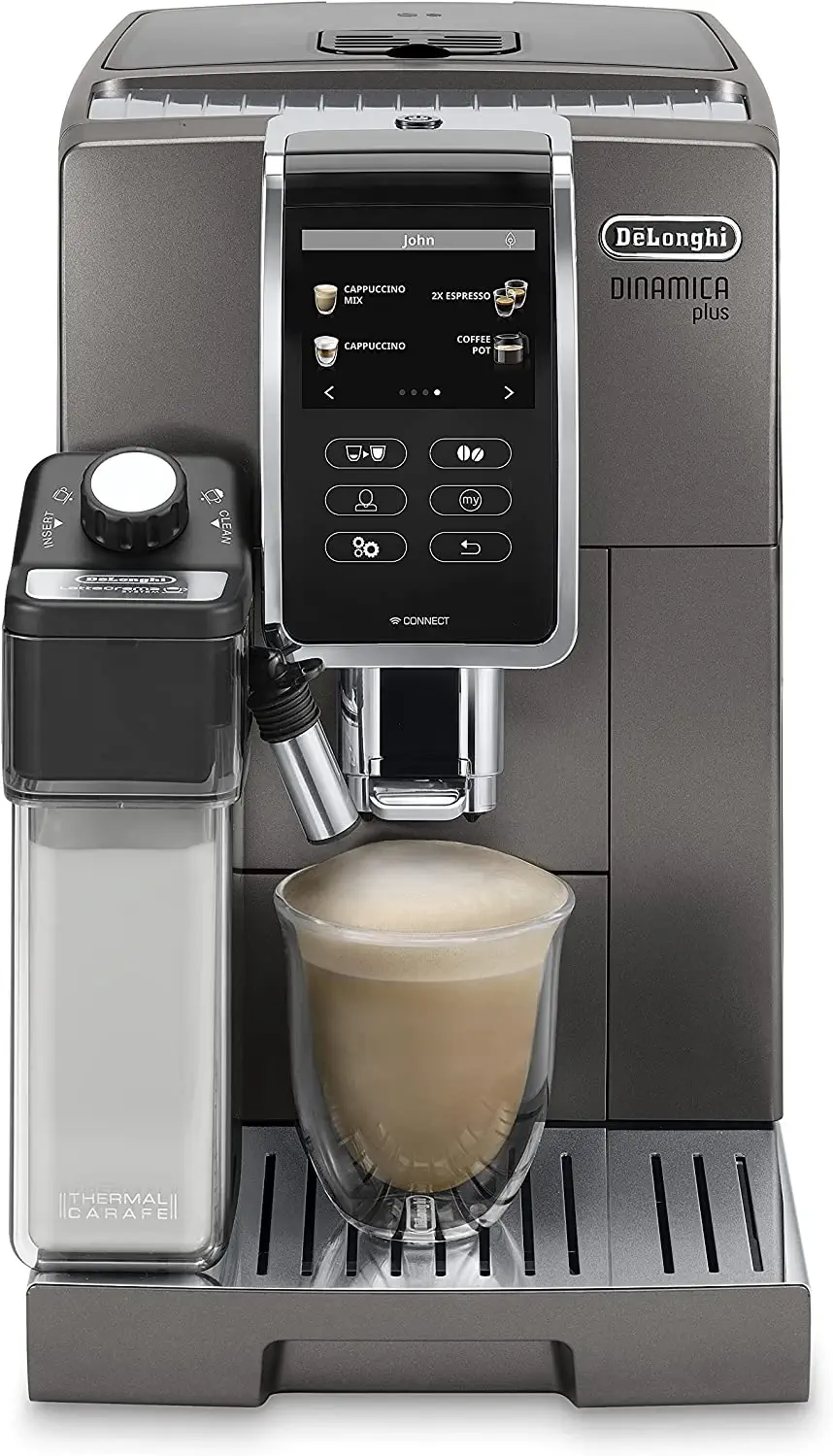Review of Reusable Nespresso Capsules

Discover my experience with refillable Nespresso capsules, a sustainable and economical alternative that helps reduce waste while lowering your coffee expenses.
This article examines the different options of reusable capsules — plastic or metal — by analyzing their advantages and disadvantages.
Choose a solution that combines coffee enjoyment and environmental responsibility!
Before buying myself a real espresso machine, I had a Nespresso machine. Quickly, I became aware of the environmental problem of capsules, but also of their cost.
So I became interested in refillable capsules for two reasons: reduce the unnecessary use of aluminum/plastic and lower my coffee budget.
Today, with hindsight, I can share my opinion on these reusable Nespresso capsules.
The different types of reusable capsules
And yes, there are several types of refillable capsules.
Plastic capsules
The cheapest are plastic capsules.
To try them out, before buying metal models, I started with these.
Big problem: after a few uses, a capsule exploded in my machine!
Moreover, it’s impossible to know what plastic is used: it is therefore possible, even probable, that it contains endocrine disruptors.
Click here to find reusable plastic capsules on Amazon
Metal capsules with sticker closure
These capsules, which I have not tested, were designed to reproduce the famous “pop” of piercing the original capsules.
They are therefore the closest to original Nespresso capsules.
Disadvantages:
- Presence of aluminum, not recommended for cooking food.
- Need to regularly buy new stickers.
Click here to find reusable capsules on Amazon
Metal capsules with screw closure
I use several metal capsules with screw closure.
They work well but, after a certain time, they end up getting clogged.
I therefore recommend descaling them regularly.
A small internal metal mesh prevents the coffee from blocking the holes: it is essential.
For better results, I have even stacked several.
Click here to find stainless steel reusable capsules on Amazon
How to use reusable Nespresso capsules
I have written a complete tutorial on using these capsules, to read here.
General conclusion
It is difficult to obtain an excellent coffee with reusable Nespresso capsules.
When you succeed, the result is close to the original, but lighter.
Why? Because the volume of coffee is lower: approximately 0.5 g less than in an original capsule.
Click here to find reusable capsules on Amazon
💡 Tip: don’t tamp the coffee too much.
I tamp it lightly, without applying excessive pressure (no need to imitate the 20 kg of a real espresso).
Otherwise, the water may not pass through despite the 19 bars.
I use this stainless steel tamper for my Nespresso capsules — sturdy and good quality.
I use finely ground coffee with a Porlex Mini or Tall grinder, set at approximately 3 or 4 clicks from the tightest setting.
Nespresso vs espresso?
If you’re thinking of buying a Nespresso machine solely to use it with refillable capsules, let me stop you:
for the same budget, an espresso machine will offer better coffee, more consistent and less constraining to prepare.
You never get a true espresso with a Nespresso machine, which I didn’t know initially.
Find your Nespresso coffee machine on Amazon
If you already have a Nespresso machine and want to switch to reusable capsules, choose metal despite the price:
plastic models can break in the machine.
Despite my criticisms, the time spent optimizing my coffee with these capsules was the precursor to my passion for good coffee.
I eventually abandoned this system to buy a real espresso machine.
Recently, I discovered a project for a machine that automatically fills reusable capsules: it grinds the coffee, doses the right amount and closes the capsule.
The idea is interesting, but as I explained in a previous article, I remain skeptical about its daily usefulness and consistency.
Honestly, I’ll wait and see.
